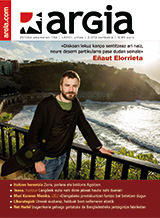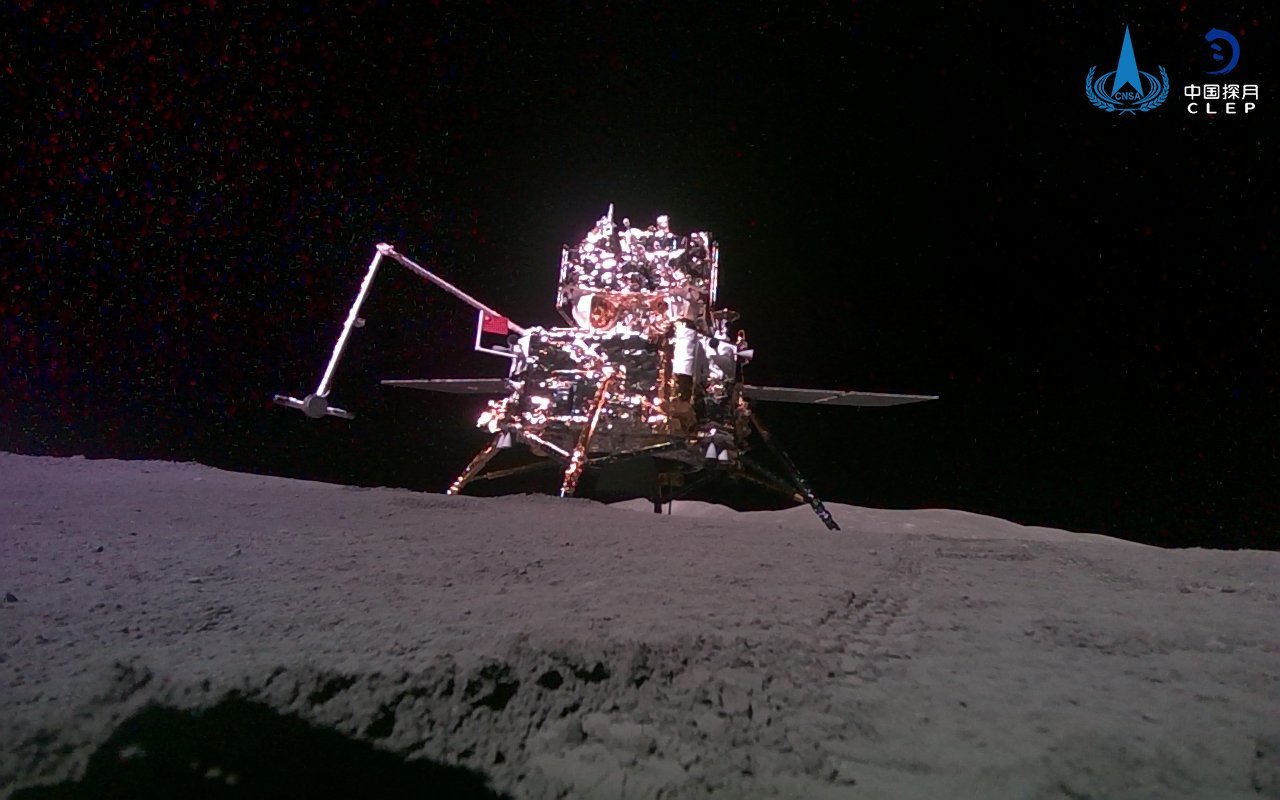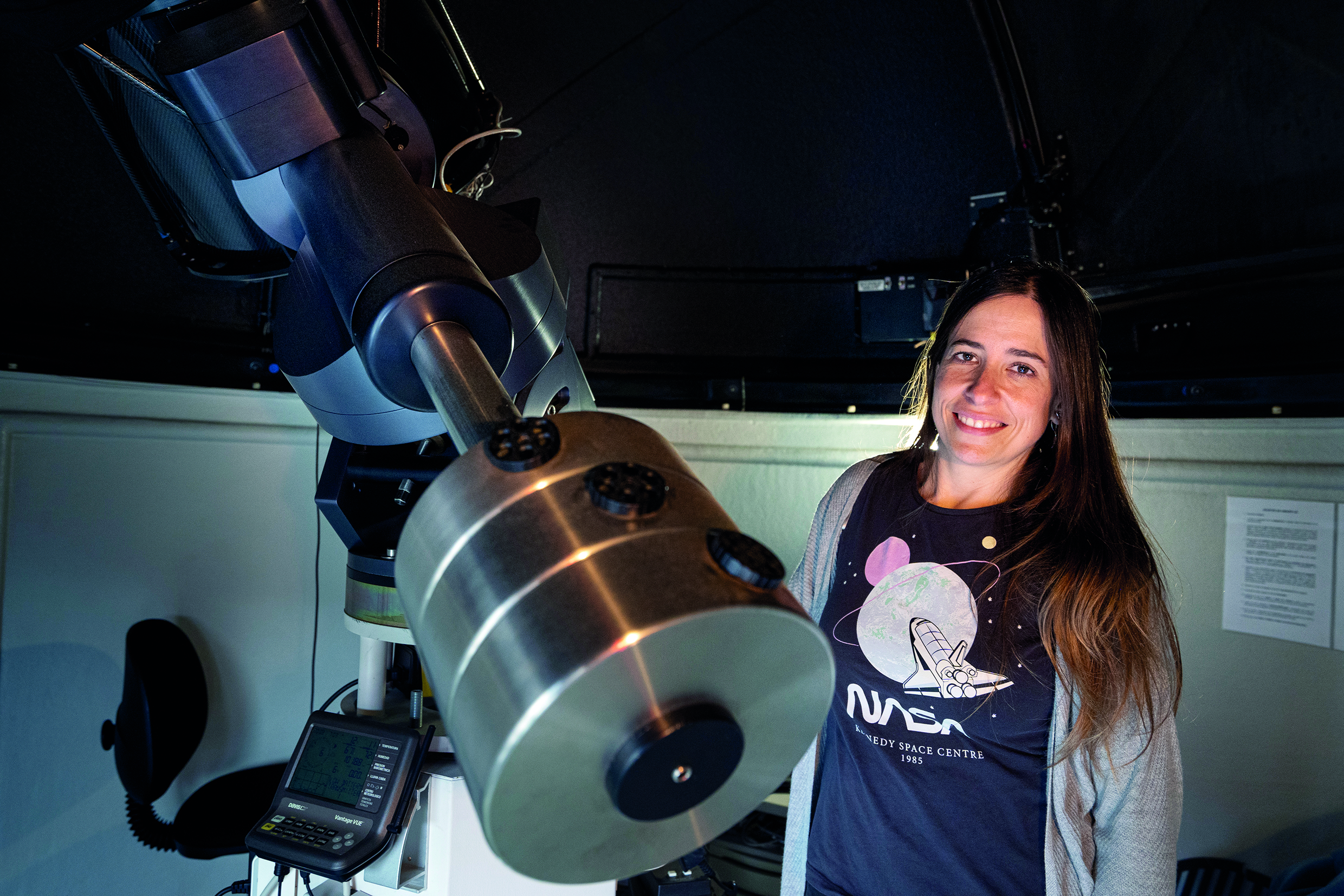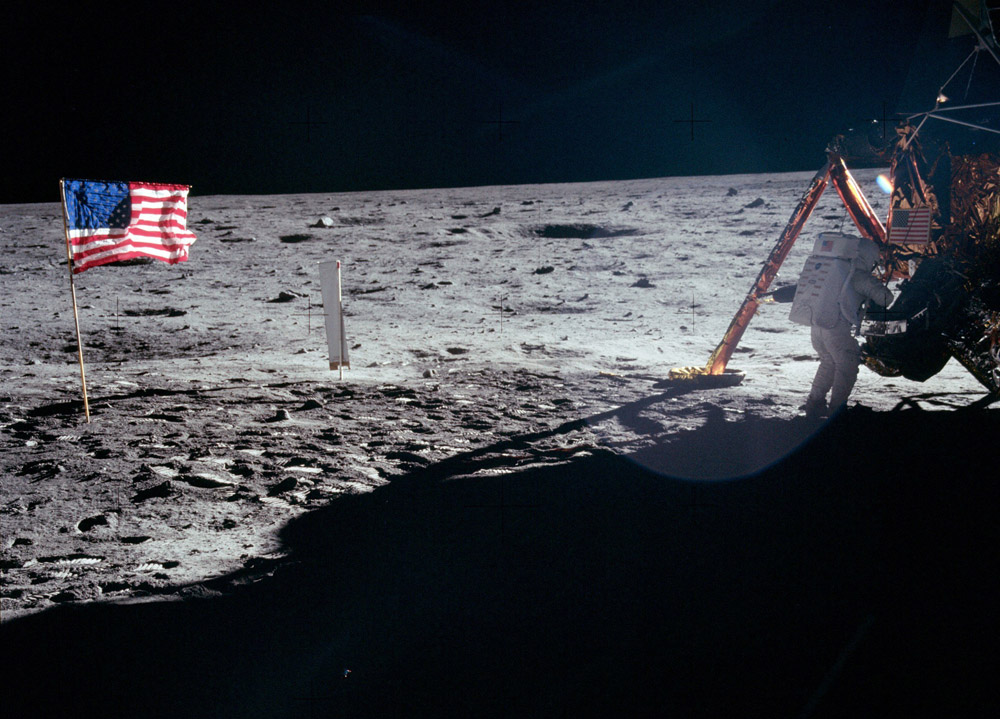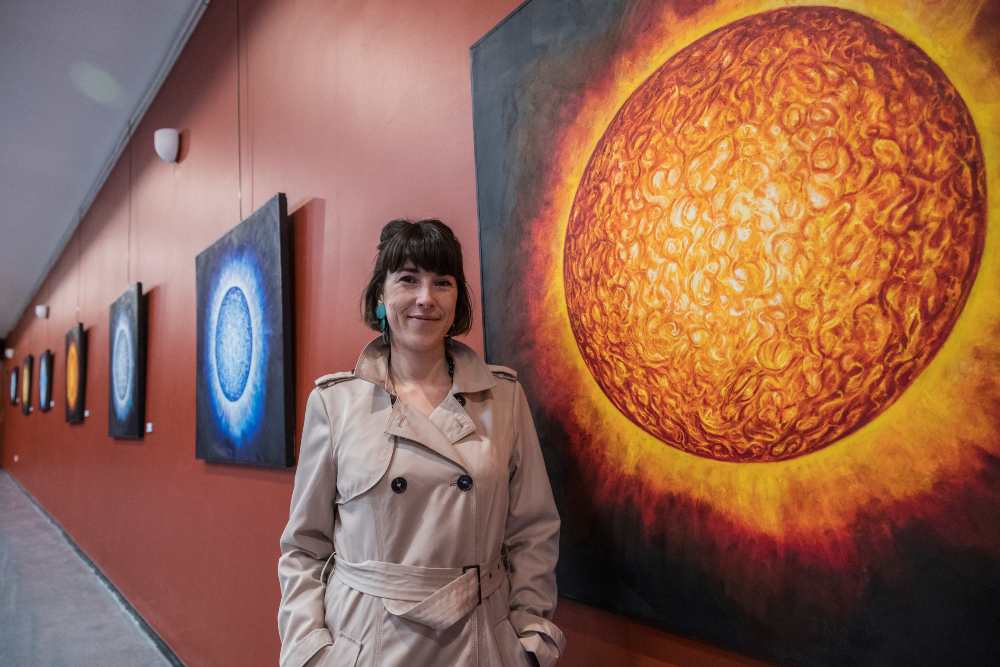The comet approaching us, soon in sight

Astronomers Vitali Nevski and Artyom Novichonok detected last September the arrival of the ISON comet, which is approaching Earth. Since then, the Hubble and Gemini North Telescopes have watched the comet's trajectory, the first from space and the second from Hawaii. The ISON comes to our environment from the Oort cloud, at the edge of the solar system, where scientists believe there are thousands of comets.
Right now, the comet lies between Mars and Jupiter. It measures about five kilometers in diameter and releases over a thousand tons of material per second. As it approaches, it will be easier to know its composition, which can be very important to know the characteristics of the materials in which the solar system was formed.
As we approach, it will be easier to see the trail of the comet in a clear night sky, as the sun will make its surface warmer. It is believed that it can warm up to 2,000 degrees Celsius, and once that temperature is reached, anything can happen, including the disintegration of the comet. However, before this happens, we will have the opportunity to see ISON with our own eyes, especially at the end of October.
Chão de Lamas-eko zilarrezko objektu sorta 1913an topatu zuten Coimbran (Portugal). Objektu horien artean zeltiar jatorriko zilarrezko bi ilargi zeuden. Bi ilargiak apaingarri hutsak zirela uste izan dute orain arte. Baina, berriki, adituek ilargietan egin zituzten motibo... [+]
James Webb teleskopioaren lehen irudiak eta datuak aurkeztu dituzte: unibertsoari inoiz ateratako argazkirik sakonenak eta exoplaneta baten espektroskopia-datu zehatzenak. “Kosmosaren ikuspegi berri eta iraultzaile bat”, Bill Nelson NASAko administratzailearen... [+]









